Matt Groh
Interpolating GANs to Scaffold Autotelic Creativity
Jul 21, 2020
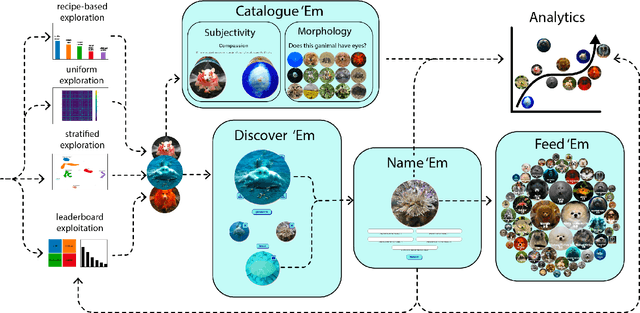
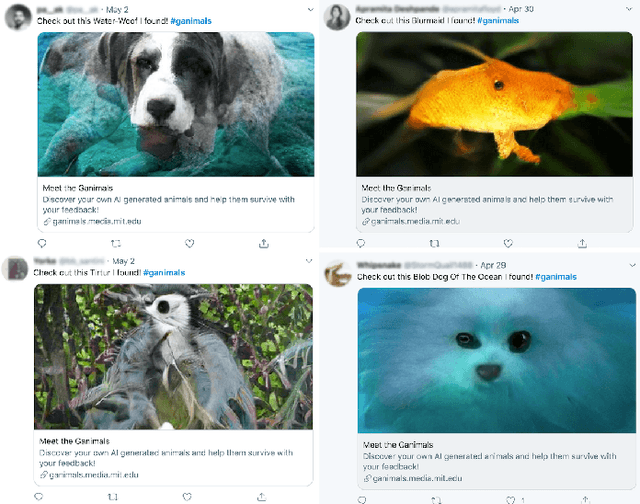
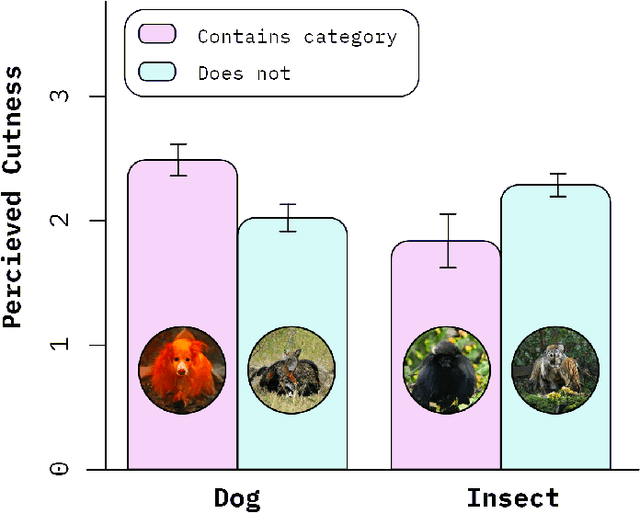
Abstract:The latent space modeled by generative adversarial networks (GANs) represents a large possibility space. By interpolating categories generated by GANs, it is possible to create novel hybrid images. We present "Meet the Ganimals," a casual creator built on interpolations of BigGAN that can generate novel, hybrid animals called ganimals by efficiently searching this possibility space. Like traditional casual creators, the system supports a simple creative flow that encourages rapid exploration of the possibility space. Users can discover new ganimals, create their own, and share their reactions to aesthetic, emotional, and morphological characteristics of the ganimals. As users provide input to the system, the system adapts and changes the distribution of categories upon which ganimals are generated. As one of the first GAN-based casual creators, Meet the Ganimals is an example how casual creators can leverage human curation and citizen science to discover novel artifacts within a large possibility space.
Evaluating Generative Adversarial Networks on Explicitly Parameterized Distributions
Dec 27, 2018
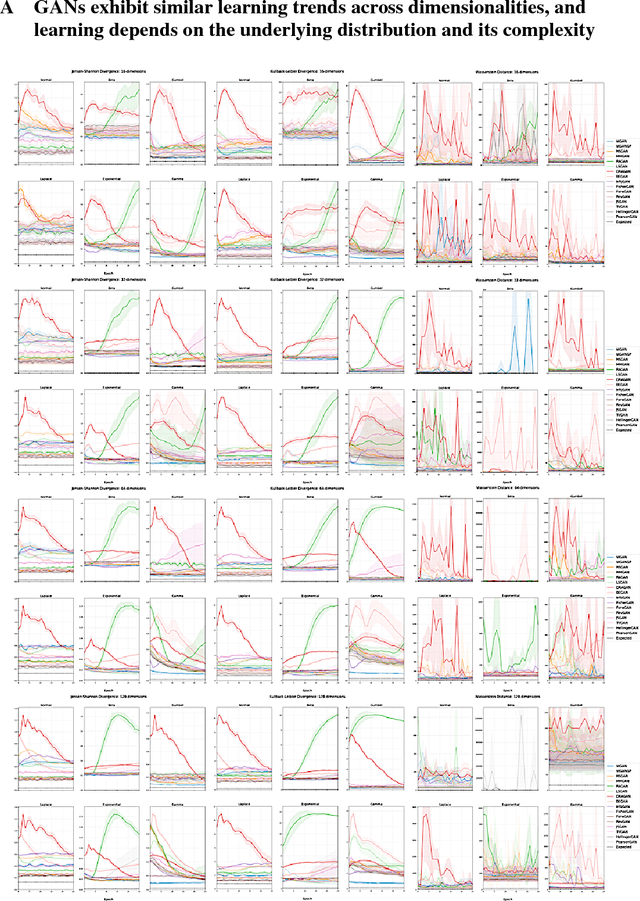
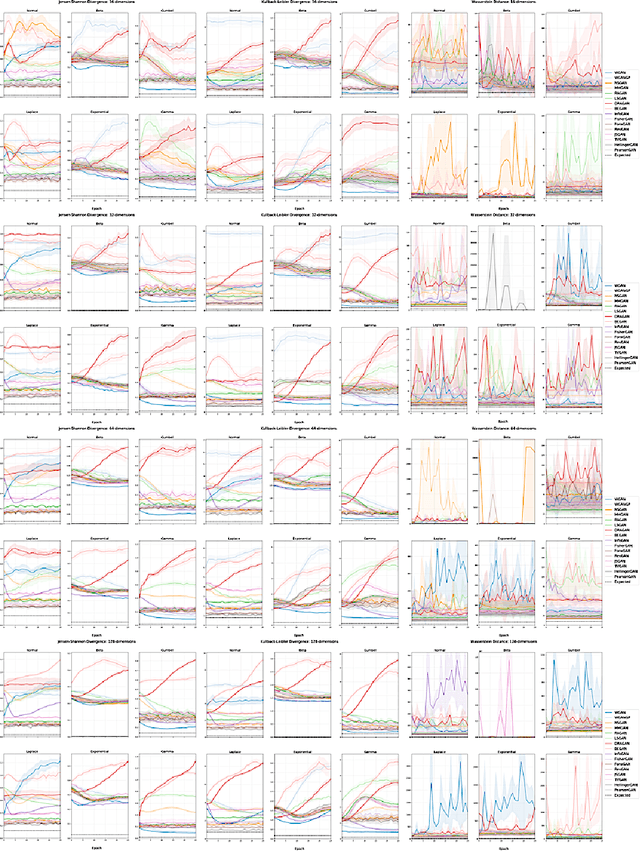
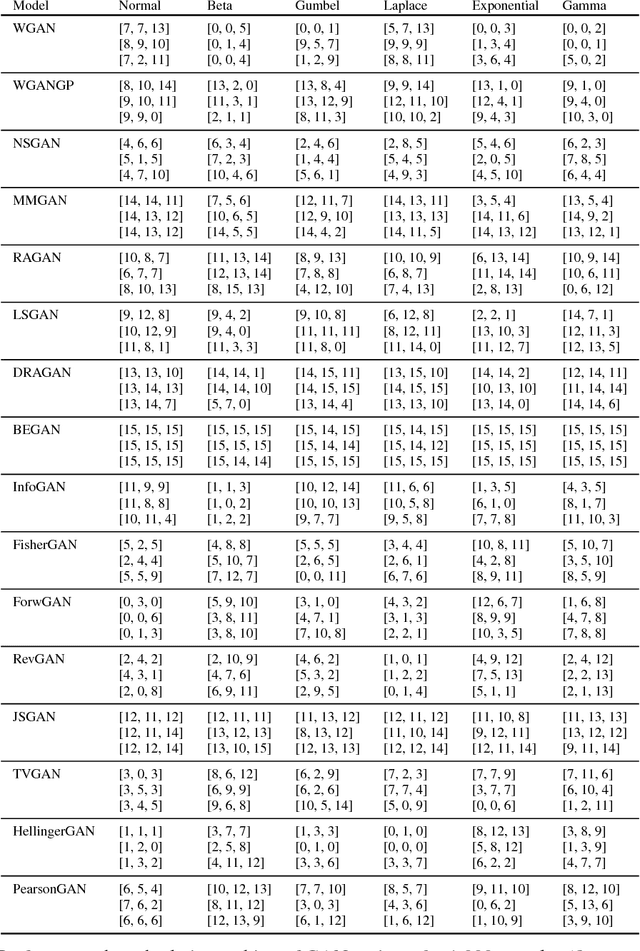
Abstract:The true distribution parameterizations of commonly used image datasets are inaccessible. Rather than designing metrics for feature spaces with unknown characteristics, we propose to measure GAN performance by evaluating on explicitly parameterized, synthetic data distributions. As a case study, we examine the performance of 16 GAN variants on six multivariate distributions of varying dimensionalities and training set sizes. In this learning environment, we observe that: GANs exhibit similar performance trends across dimensionalities; learning depends on the underlying distribution and its complexity; the number of training samples can have a large impact on performance; evaluation and relative comparisons are metric-dependent; diverse sets of hyperparameters can produce a "best" result; and some GANs are more robust to hyperparameter changes than others. These observations both corroborate findings of previous GAN evaluation studies and make novel contributions regarding the relationship between size, complexity, and GAN performance.
 Add to Chrome
Add to Chrome Add to Firefox
Add to Firefox Add to Edge
Add to Edge